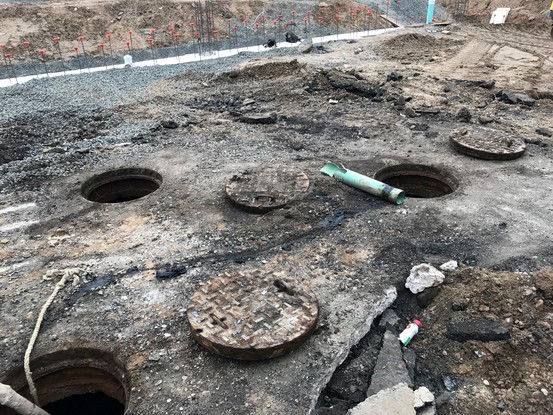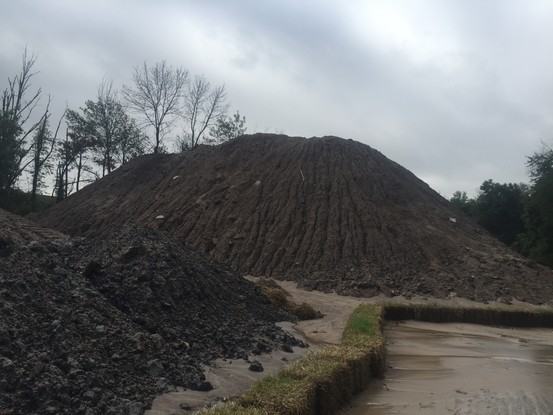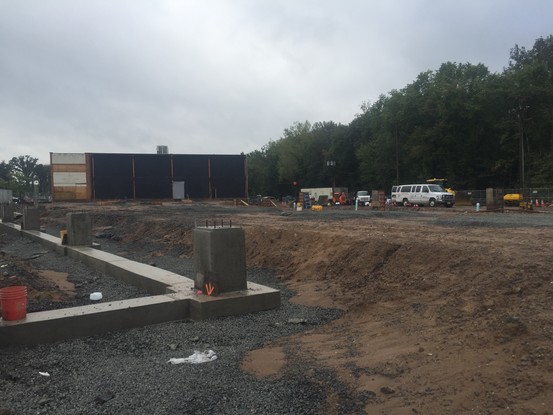Targus was retained to perform an environmental site assessment (Phase I ESA and additional non-ASTM services) of two business centers located on opposing sides of a state highway. The collective area was 23 acres comprised of two properties improved with older retail and office buildings totaling approximately 250,000 square feet. A stream abutted the margin of one parcel and several leaking underground storage tank (LUST) sites were located adjoining or in close proximity. Additionally, releases from a number of historical on-site heating oil USTs had been identified during removal.
Shortly following acquisition, access was requested by an adjoining UST operator for assessment to demonstrate delineation of an off-site plume. Targus coordinated with consultants to the off-site party to define the specific nature and scope of sampling and analysis required to satisfy the New Jersey Department of Environmental Protection (NJDEP). Consistent with prior expectations, the results of sample analysis confirmed that the plume did not extend onto the subject property.
During the course of excavation for construction of replacement structures the contractor encountered piping and additional oily dirt that had been inaccessible during removal in response to the prior UST corrective action. Other parties contended that the petroleum constituents present in confirmation samples were attributable to historical urban fill which required reporting and deed notice. Targus assembled prior assessment data, field progress photographs, and inspection notes to better clarify the nature and apparent source of the petroleum. The polynuclear aromatic (PNA) constituents were found to be attributable to asphalt (below left) abundant at the soil surface in association with prior paving. Historical geotechnical boring logs confirmed the presence of native soil at shallow depth. The petroleum in soil was matched in composition to heating oil (which was documented to have previously been released) and prior and subsequent groundwater sampling and analysis data demonstrated that underlying water did not meaningfully differ from conditions on which the UST release case closure had been based.



